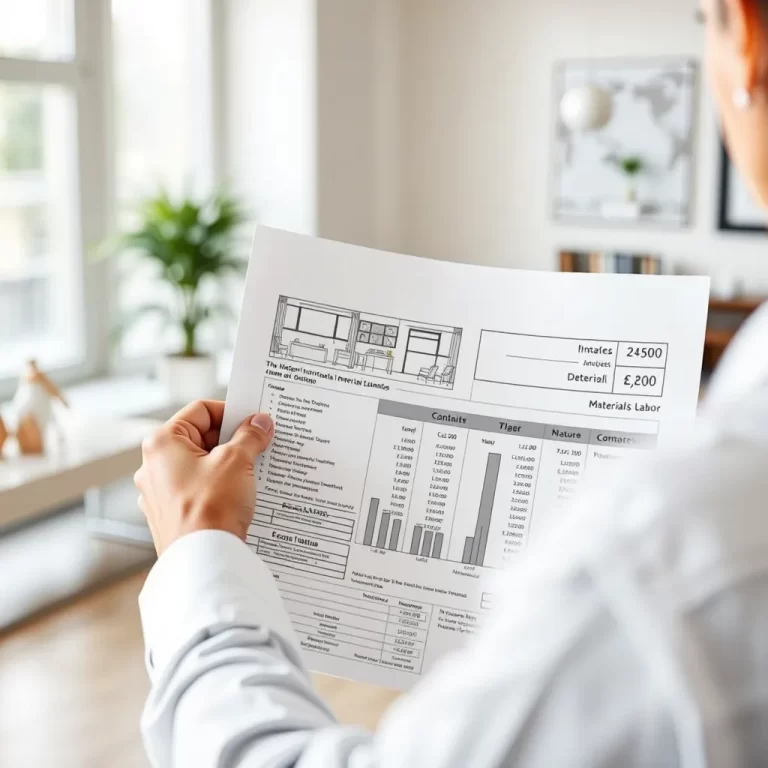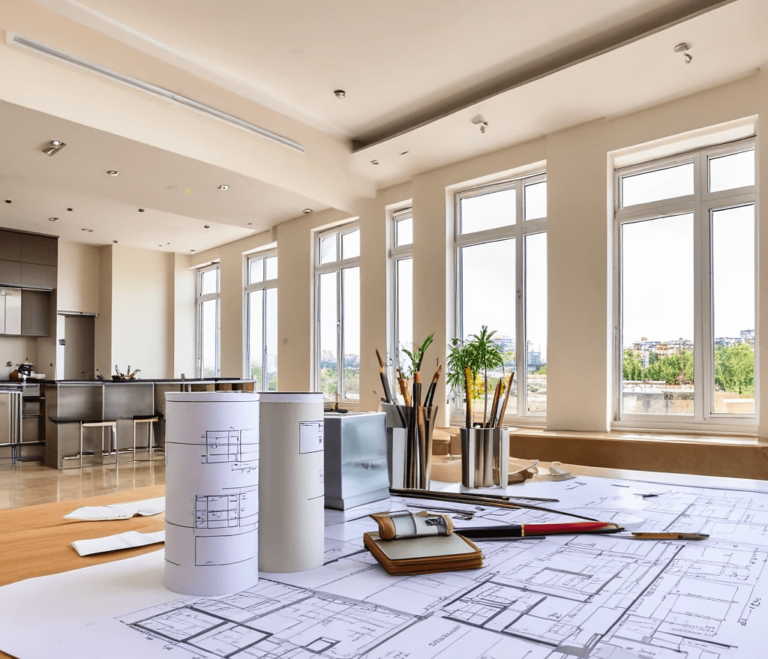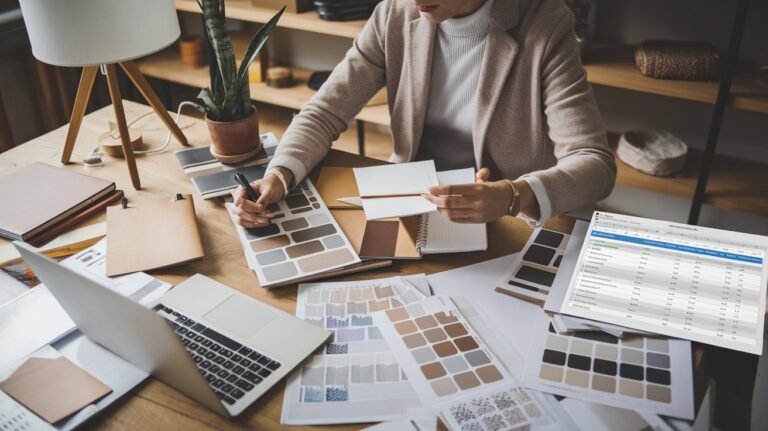From Concept to Completion: How to Develop a Successful Interior Design Project

Developing a successful interior design project requires a clear and methodical approach, from the initial concept to the final touches. This guide breaks down the essential steps to help you navigate your project seamlessly.
1. Initial Consultation and Concept Development
The first step in any design project is understanding the client’s needs and desires. During the initial consultation, ask questions to gain a thorough understanding of their vision, lifestyle, and functional requirements. This will inform the design concept, which should be a creative response to the client’s needs.
2. Develop a Design Brief
A design brief is a vital document that outlines the project’s objectives, budget, timeline, and design goals. It should include all the specifics—color schemes, furniture styles, materials, and any other preferences the client has. Having a detailed brief ensures that the design stays focused and aligned with the client’s vision.
3. Design Research and Inspiration
Once the concept is defined, begin researching design trends, materials, and products that suit the project’s needs. Look for inspiration in design magazines, online platforms, or through site visits. Create mood boards or concept boards that visually represent the direction of your design.
4. Space Planning and Layouts
Effective space planning is critical to the success of any design project. Develop floor plans that maximize the space’s functionality and flow. Experiment with different layouts to ensure the space is efficient while also aesthetically pleasing. Use 3D rendering tools to help your client visualize the design.
5. Sourcing and Procurement
Sourcing materials and furnishings is one of the most time-consuming parts of the design process. Work with suppliers to select the best materials, furniture, lighting, and accessories that fit the client’s budget and style. Ensure that you’re sourcing high-quality, sustainable products that complement the overall design vision.
6. Project Coordination and Execution
Once the design is finalized and materials are sourced, it’s time to execute. Coordinate with contractors, installers, and other professionals to ensure everything is completed as planned. Regular site visits and updates will ensure that the project stays on schedule and within budget.
7. Final Details and Client Presentation
As the project nears completion, focus on the final details—accessories, artwork, and finishing touches—that bring the design to life. Present the space to the client, ensuring everything aligns with their expectations. Address any concerns they may have and make any necessary adjustments.
Conclusion
From concept to completion, every step of an interior design project requires careful planning, creativity, and attention to detail. By following a structured process, you’ll ensure that the project is completed successfully and meets the client’s vision.






